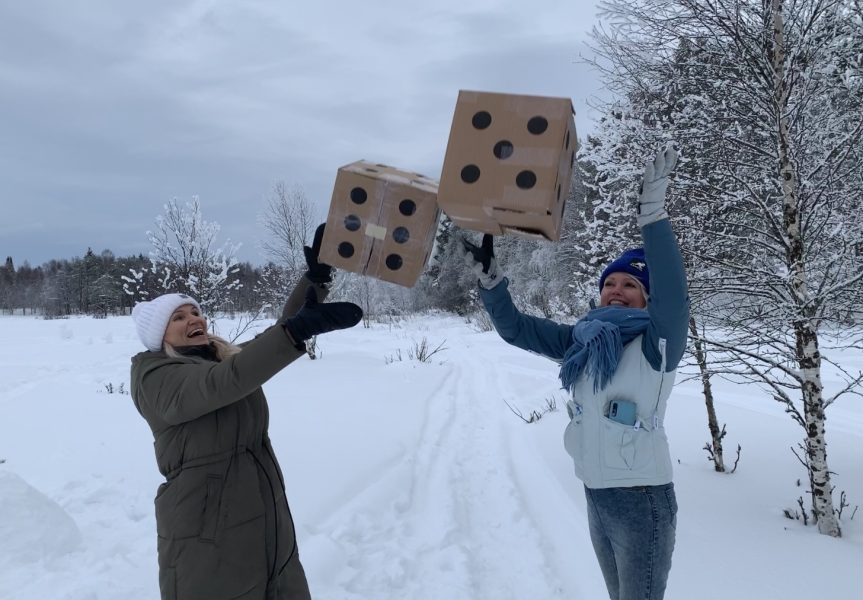In our study, “AI Play in Higher Education: Students’ perceptions of play and co-creation of knowledge with generative AI,” we explored with Katriina Heljakka how playful learning can be integrated with generative AI tools, such as ChatGPT, in higher education (HE). Our research involved 17 university students who participated in a course on playful and game-based learning at the University of Lapland. These students co-created playful learning activities for specific group of learners using generative AI (GenAI).
We asked: How do students understand play and non-play, and how do they see generative AI in their playful learning process? Data consists of students’ writings in which they reflected their ideas about play and non-play and the use of AI in the task. The findings indicate that the students’ perspectives on play could be divided into five different dimensions: 1) openness and freedom, 2) well-being and joy through play, 3) enjoyment of the use of imagination 4) potential for skill development, and 5) playful social interaction. As the opposite of play, the students see a lack of imagination, bleakness, and a kind of greyness. Regarding generative AI, students identified its value in providing challenges and learning opportunities, fostering ideation and creativity, offering opportunities for critical use, and serving as a source of enrichment and inspiration.
Based on these insights, we developed the AI Play framework, which combines facets of playful exploration and co-creation with critical thinking. This framework illustrates how generative AI can be effectively integrated into higher education to enhance playful learning experiences, promoting creativity and innovation among students. Our study contributes to the areas of playful learning, educational sciences, and emerging research on the applications of generative AI used as part of higher education.
Link to the article: AI Play in Higher Education: Students’ perceptions of play and co-creation of knowledge with generative AI
Kangas, M. & Heljakka, K. (2024). AI Play in Higher Education: Students’ perceptions of play and co-creation of knowledge with generative AI. In T. Ahram & W. Karwowski (Eds.). Human Factors in Design, Engineering, and Computing. AHFE Open Access, vol 159. AHFE International, USA.

